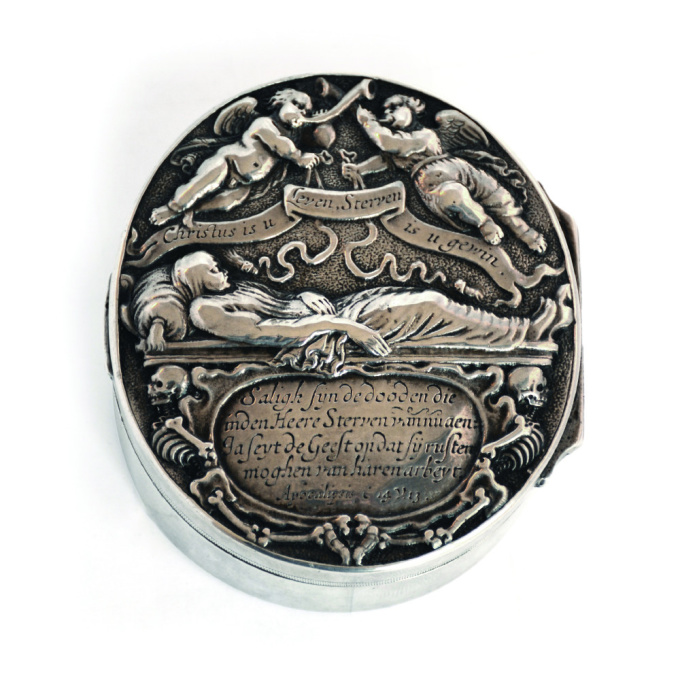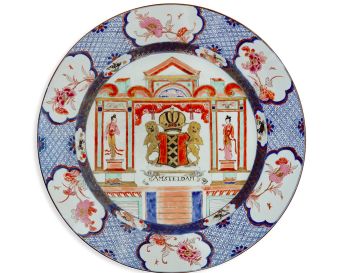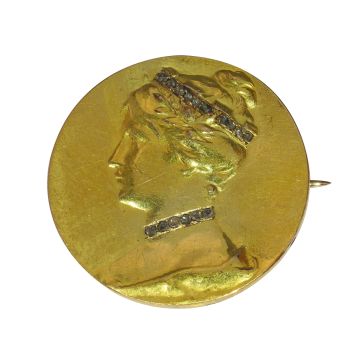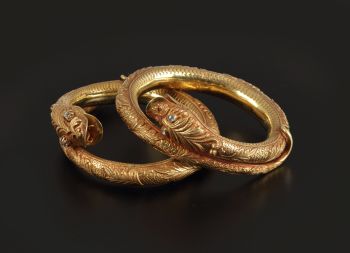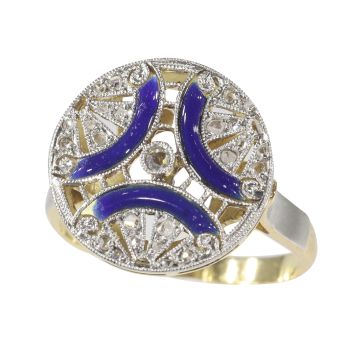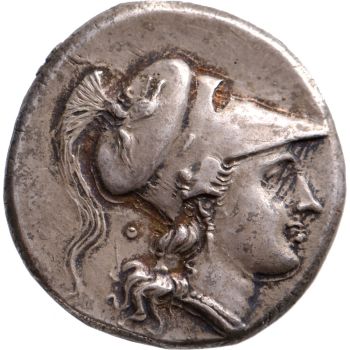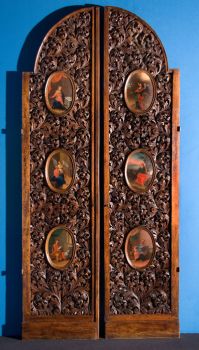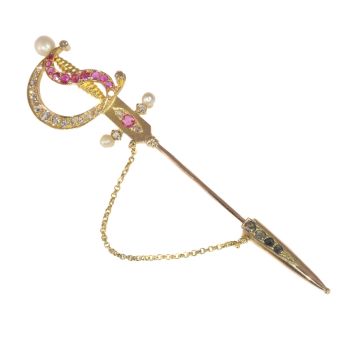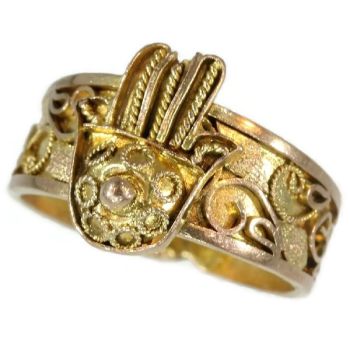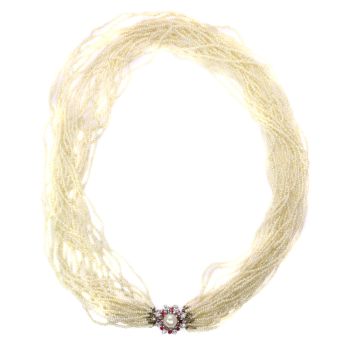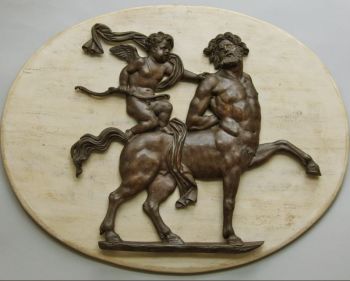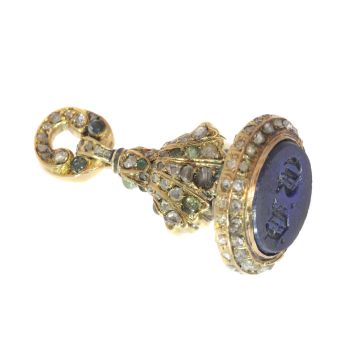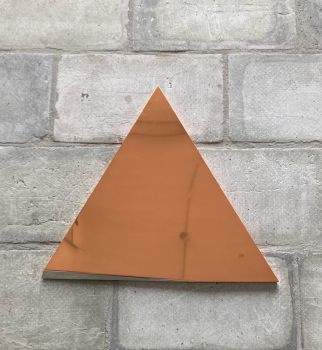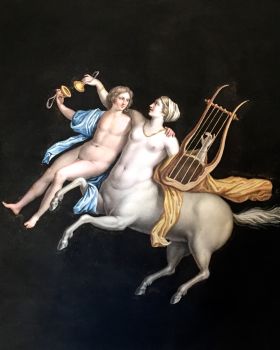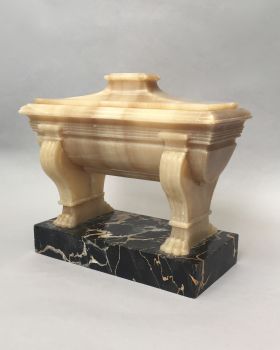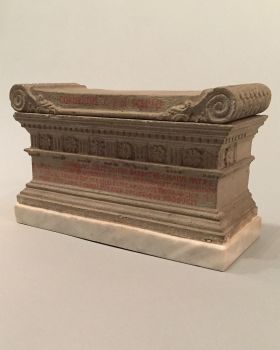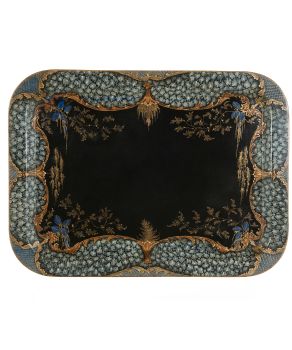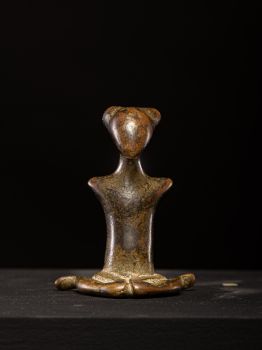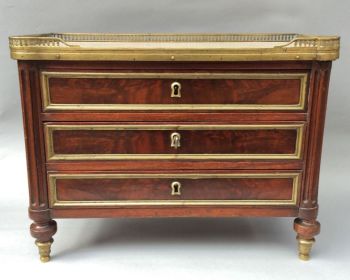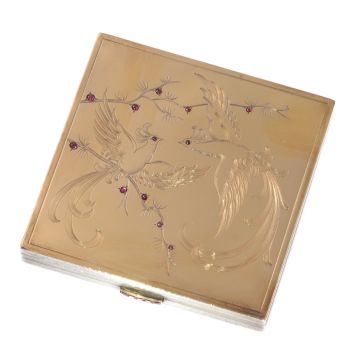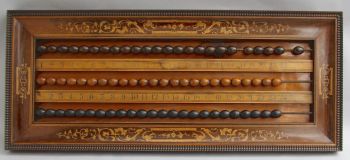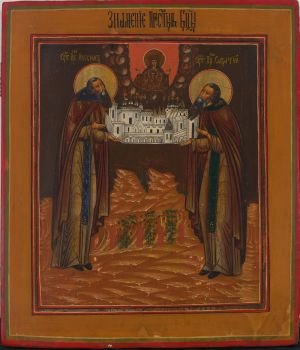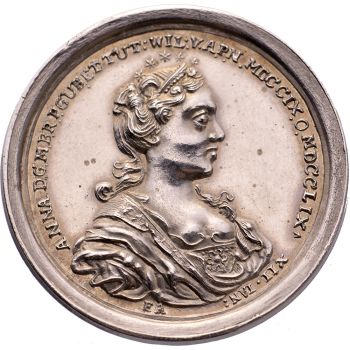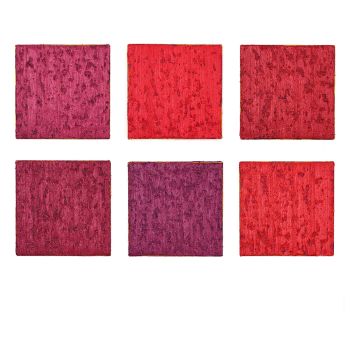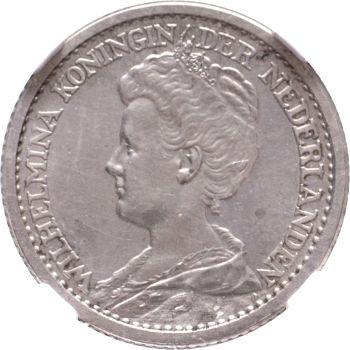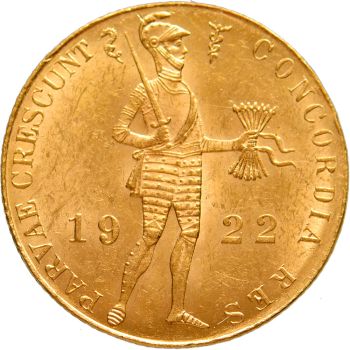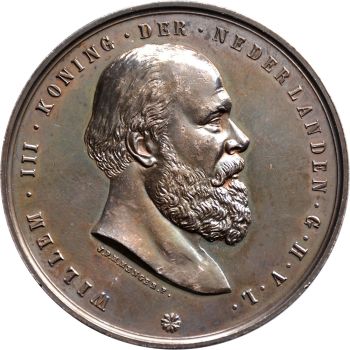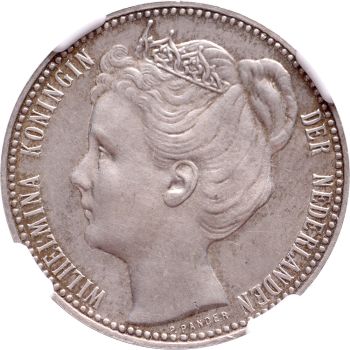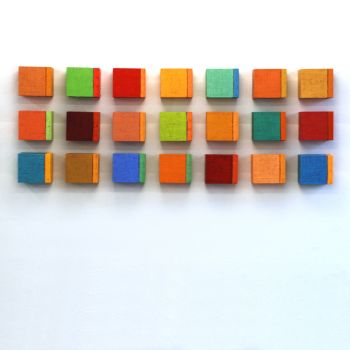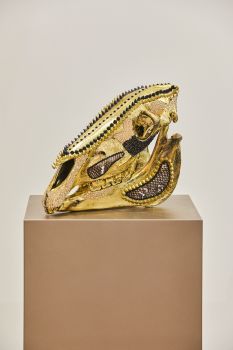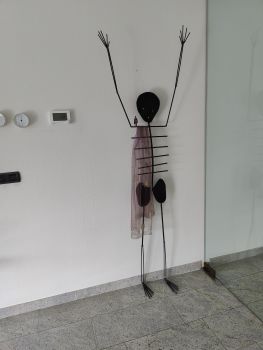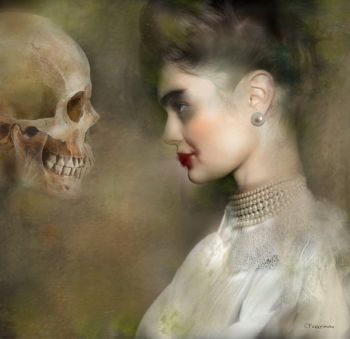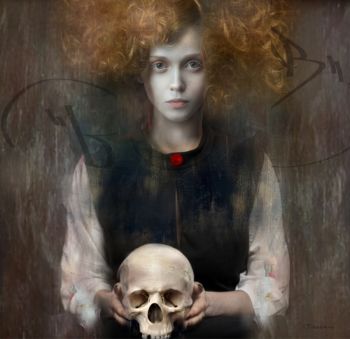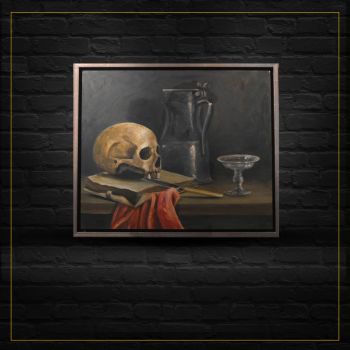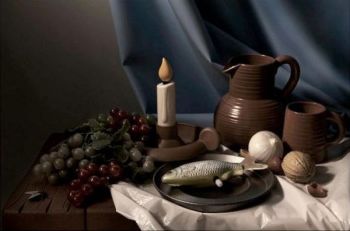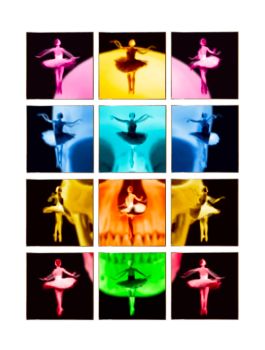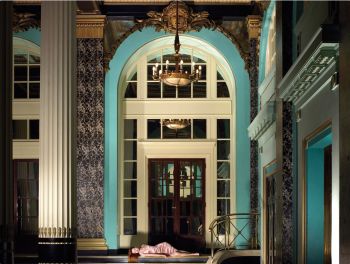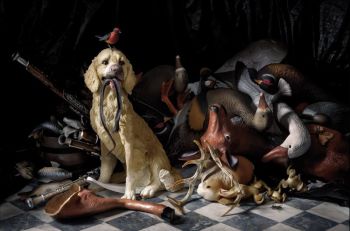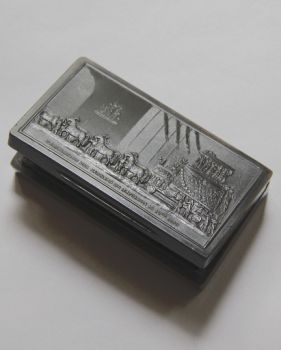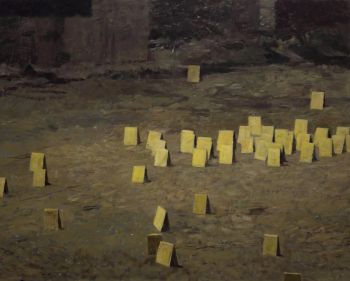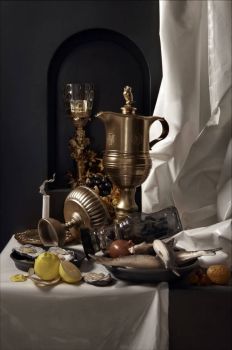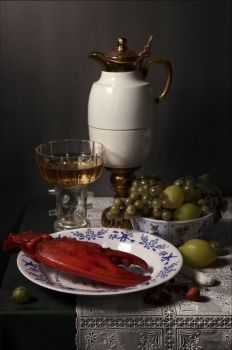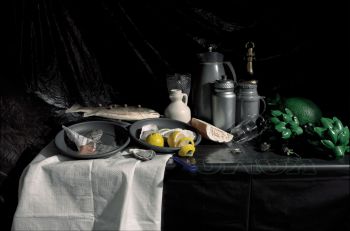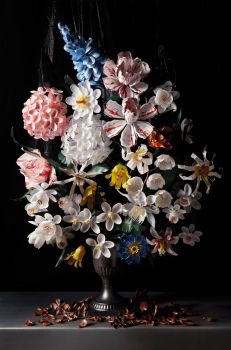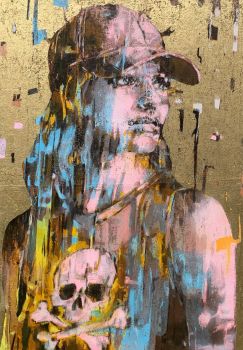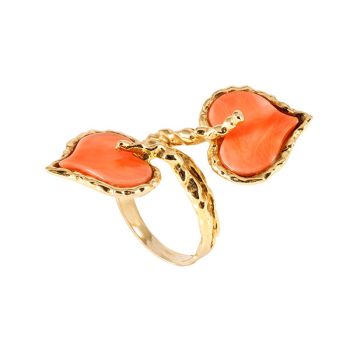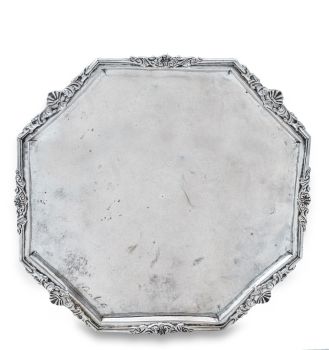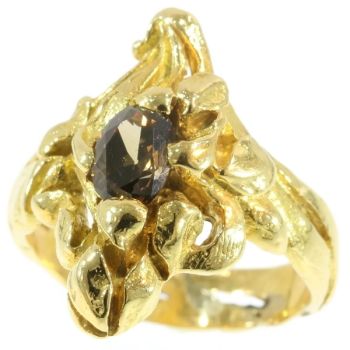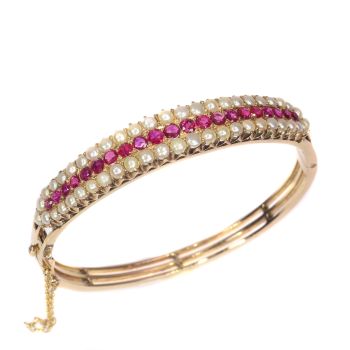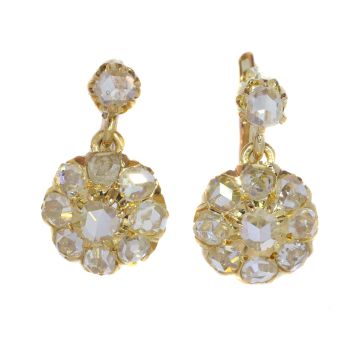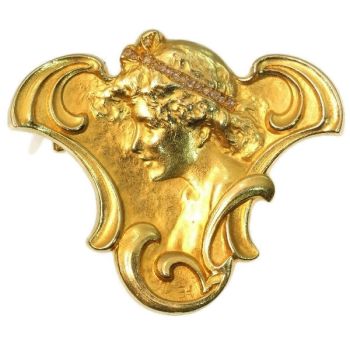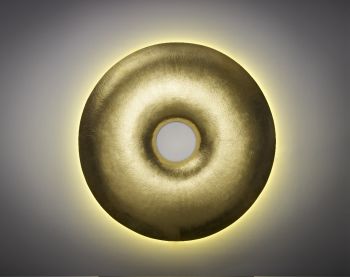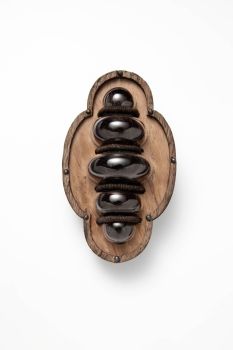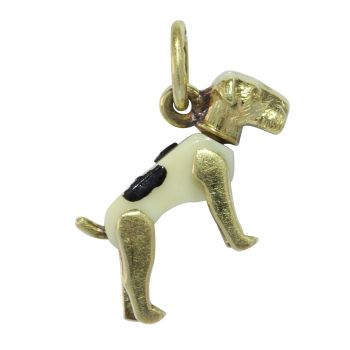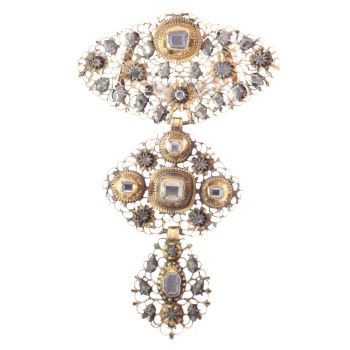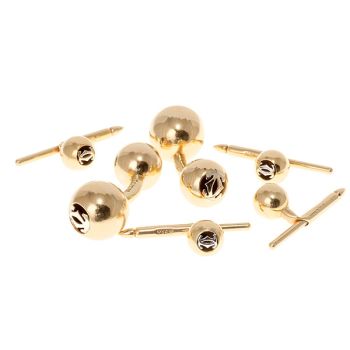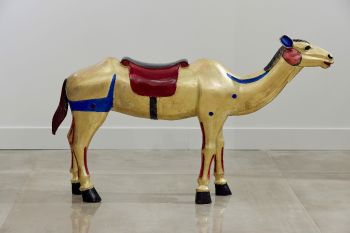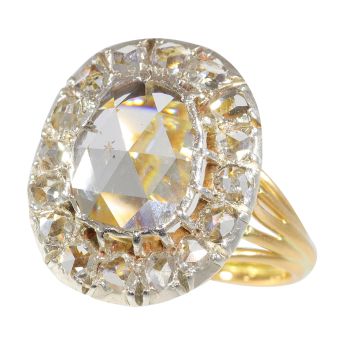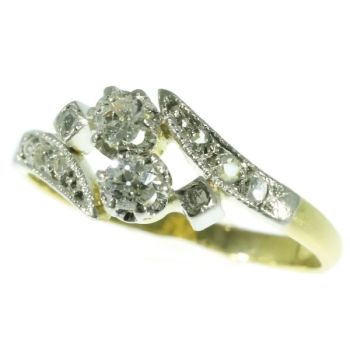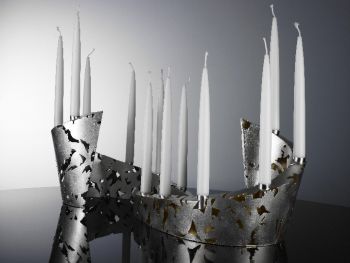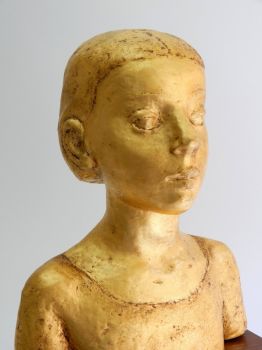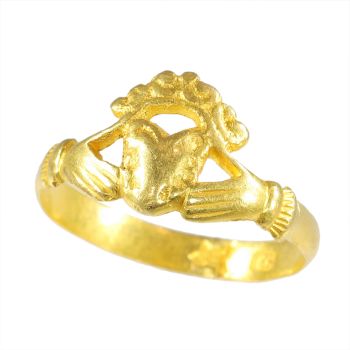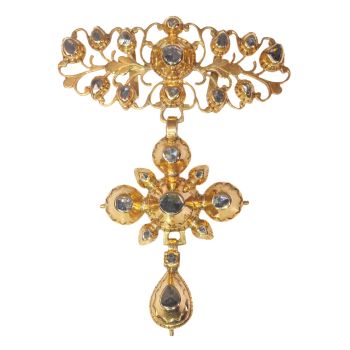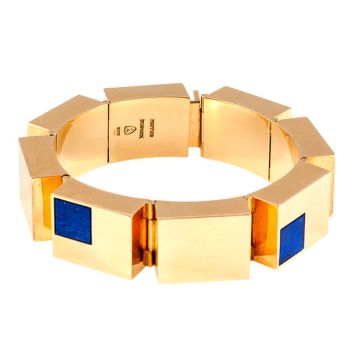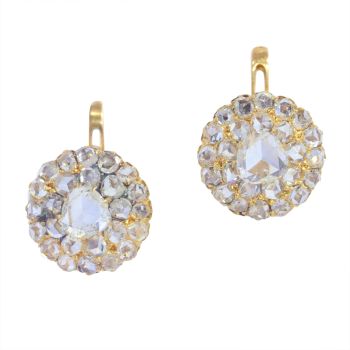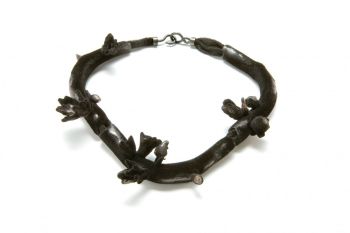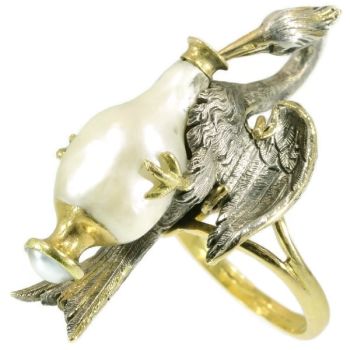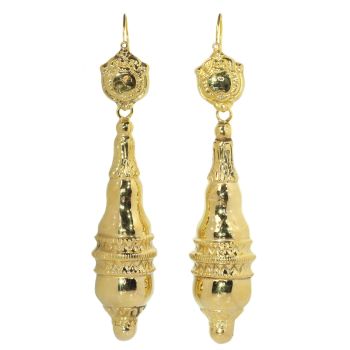Boîte pour sol consacré avec médaille unilatérale sur la mort 1650
Artiste Inconnu
OrArgent
7.10 ⨯ 6.50 ⨯ 2.40 cm
Actuellement indisponible via Gallerease
- Sur l'oeuvre d'artBox from the first quarter of the 19th century with 17th century one-sided hollow cast medal. Deceased lying on an altar, supported by two skeletons, in between a crouch with engraving: "Saligh sijn de dood en die / in den Heere Sterven van nu aen: / Ja seyt de Geest op dat sij rusten / moghen van haren arbeyt. / Apocalipsis c 14 v 13", two putti above, each blowing on a trumpet, holding a ribbon on which can be read: "Christus is u Leven, Sterven is u gewin."
Bottom of box engraved with floral ornaments within oval of geometric ornaments.
Guilded interior.
Dimensions: 71 x 65 x 24 mm
VERY RARE
These boxes, which originally came with a small scoop, were used at funerals by the catholic clergy. They came into use due the fact that in some cases the mortal remains could not be buried in consecrated ground. This could concern, for example, criminals, prostitutes or stillborn children out of wedlock. The priest would fill the box with some soil from the church cemetery and sprinkle it over the grave that lay outside the churchyard. A comfort for the bereaved, since the deceased would still rest in consecrated ground. - Sur l'artiste
Il peut arriver qu'un artiste ou un créateur soit inconnu.
Certaines œuvres ne doivent pas être déterminées par qui elles sont faites ou elles sont faites par (un groupe d') artisans. Les exemples sont des statues de l'Antiquité, des meubles, des miroirs ou des signatures qui ne sont pas claires ou lisibles, mais aussi certaines œuvres ne sont pas signées du tout.
Vous pouvez également trouver la description suivante :
•"Attribué à …." A leur avis probablement une oeuvre de l'artiste, au moins en partie
•« Atelier de …. ou « Atelier de » À leur avis, une œuvre exécutée dans l'atelier ou l'atelier de l'artiste, éventuellement sous sa direction
•« Cercle de… ». A leur avis une oeuvre de la période de l'artiste témoignant de son influence, étroitement associée à l'artiste mais pas forcément son élève
•« Style de … ». ou "Suiveur de ...." Selon eux, une œuvre exécutée dans le style de l'artiste mais pas nécessairement par un élève ; peut être contemporain ou presque contemporain
•« Manière de… ». A leur avis une oeuvre dans le style de l'artiste mais d'une date plus tardive
•"Après …." A leur avis une copie (quelle qu'en soit la date) d'une oeuvre de l'artiste
•« Signé… », « Daté… ». ou « Inscrit » À leur avis, l'œuvre a été signée/datée/inscrite par l'artiste. L'ajout d'un point d'interrogation indique un élément de doute
• "Avec signature ….", "Avec date ….", "Avec inscription …." ou "Porte signature/date/inscription" à leur avis la signature/date/inscription a été ajoutée par quelqu'un d'autre que l'artiste
Artwork details
Related artworks
- 1 - 4 / 12
- 1 - 4 / 24
- 1 - 4 / 24
- 1 - 4 / 24

